Schools & Colleges: Free Special Events
We run a selection of free workshops at the gallery throughout the year suitable for KS3 - KS5.
Bring your students to study at the gallery and work with professional artists to learn about sculpture, art and careers.
Practical workshops are designed to develop visual literacy, critical thinking and enhance cultural capital.
Study days are FREE, with a maximum of 15 students per school. Places will be offered based on their local authority, the school’s percentage of Free School Meals and if they are a state school.
Upcoming events to be announced.
CANCELLATION TERMS
In the event of cancellation, a notification of cancellation should be sent to the Learning Team via email at learning@hepworthwakefield.org. If you notify us of the cancellation of your booking less than 14 days before the event (or any part thereof), including failure to turn up on the day, you will incur a charge of £10 per student cancelled.
We reserve the right to cancel any booking in the event of the gallery being unexpectedly closed, e.g. due to extreme weather conditions.







